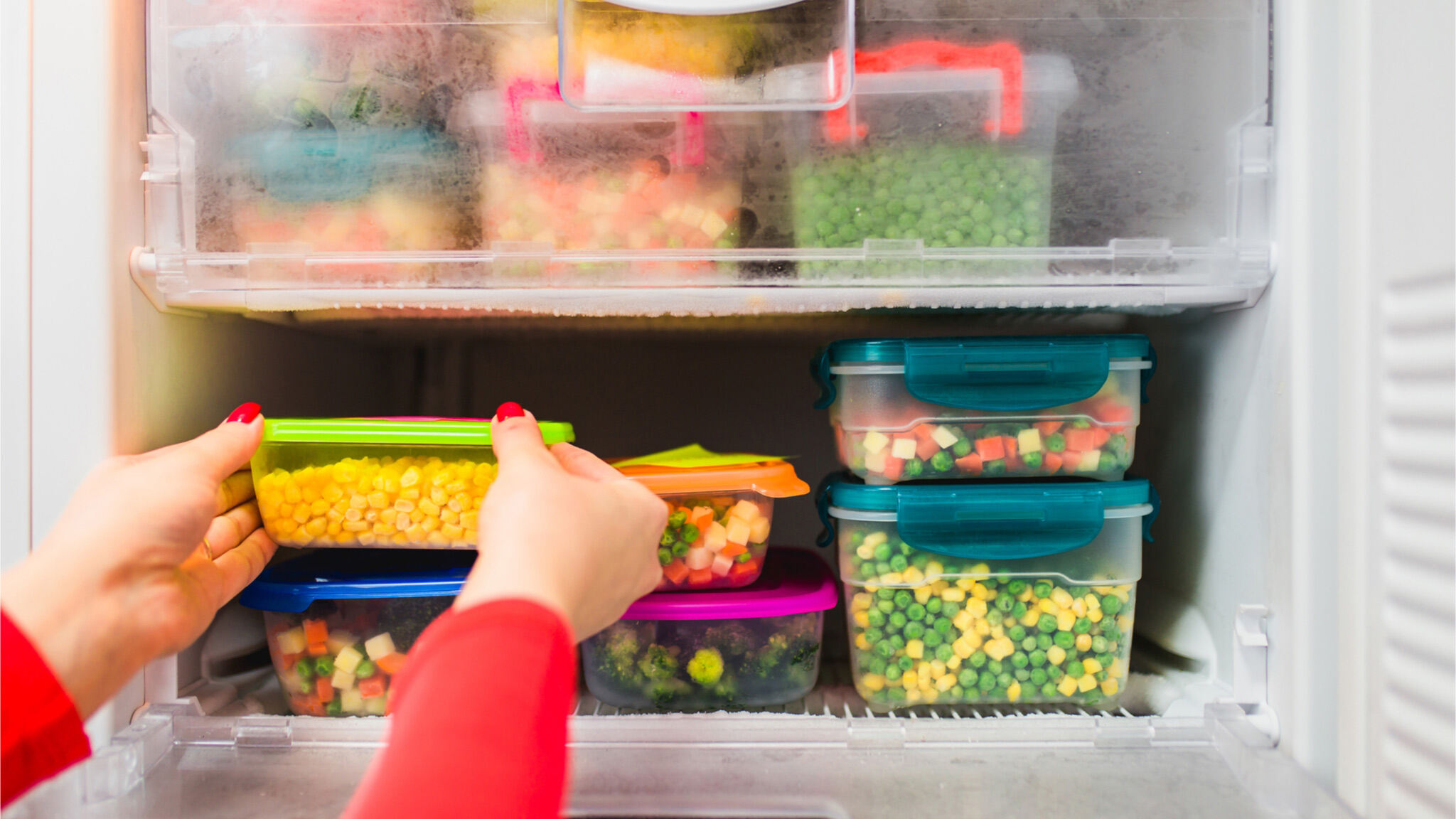

Articles
How To Store Food In A Freezer
Modified: February 28, 2024
Learn the best techniques and tips for storing food in a freezer with our informative articles. Ensure your food stays fresh and preserved for longer periods.
(Many of the links in this article redirect to a specific reviewed product. Your purchase of these products through affiliate links helps to generate commission for Storables.com, at no extra cost. Learn more)
Introduction
Welcome to this comprehensive guide on how to store food in a freezer. Freezing food is a fantastic way to preserve its freshness and extend its shelf life. However, to get the most out of your freezer, it’s crucial to follow proper storage techniques and guidelines. This article will walk you through the necessary steps to store food effectively and efficiently, keeping it safe and delicious for months to come.
Freezers allow us to buy in bulk, take advantage of sales, and save leftovers for future consumption. However, if not done correctly, poor freezer storage practices can lead to food spoilage, freezer burn, and even potential health risks. By learning the proper techniques and following some essential guidelines, you can maintain the quality of your frozen food, minimize waste, and make the most of your freezer space.
In this article, we will cover everything from proper packaging and organization to maximizing freezer space, safe storage times for different foods, thawing methods, avoiding freezer burn, and how to determine if a frozen item has spoiled. So, let’s dive in and discover the secrets of effective food storage in a freezer.
Key Takeaways:
- Proper packaging and organization are crucial for maintaining the quality of frozen food. Use airtight containers, label packages, and organize your freezer to prevent freezer burn and food spoilage.
- Maximize freezer space and follow safe storage times to ensure efficient organization and prevent foodborne illnesses. Thaw and defrost frozen items safely, and check for signs of spoilage to maintain the quality of your frozen food.
Read more: How To Store Stock In Freezer
Proper Packaging
When it comes to storing food in a freezer, proper packaging is essential to maintain quality and prevent freezer burn. Freezer burn occurs when food is exposed to air, causing it to dehydrate and develop unpleasant textures and flavors. Here are some tips for proper packaging:
- Use airtight containers: Opt for freezer-safe containers with tight-fitting lids to prevent air from entering and moisture from escaping. Glass or plastic containers with airtight seals work well for both solid and liquid foods.
- Wrap in quality freezer bags: For items like meat, poultry, and fish, wrap them tightly in high-quality freezer bags, removing as much air as possible before sealing. Double-bagging can provide an extra layer of protection.
- Wrap with plastic wrap: For individual portions or smaller items, wrap them tightly with plastic wrap before placing them in a freezer bag or container. This helps prevent air exposure.
- Remove excess air: When using bags, squeeze out as much air as possible before sealing to minimize the risk of freezer burn.
- Divide into smaller portions: If you’re freezing large quantities of food, it’s advisable to divide them into smaller portions. This allows for easier and faster thawing when you only need a portion at a time, reducing the risk of re-freezing excess leftovers.
Remember to label each package with the contents and the date of freezing. This will help you keep track of what’s in your freezer and ensure that you use the oldest items first.
Proper packaging not only helps preserve the quality of your frozen food but also helps to prevent cross-contamination. By storing different types of food separately and securely, you can avoid any potential transfer of flavors or odors between items.
Now that you know how to package your food correctly, let’s move on to the next important aspect of effective freezer storage – organization and labeling.
Organization and Labeling
Proper organization and labeling are key to maintaining a well-structured freezer and ensuring easy access to your frozen items. Here are some tips to help you keep your freezer organized:
- Categorize your items: Group similar foods together to make them easier to find. For example, store meats in one section, fruits and vegetables in another, and prepared meals in another.
- Use shelving or bins: Consider using shelves or bins within your freezer to separate different categories of food. This will help prevent items from getting buried and make it easier to locate what you need.
- Stack strategically: Stack items in a way that allows for proper airflow. Avoid overpacking your freezer, as this can restrict airflow and affect temperature distribution.
- Rotate your stock: As new items are added to the freezer, make sure to rotate older items to the front for easy access and use. This practice will help you avoid having forgotten items go to waste.
Along with organization, labeling is crucial for effective freezer management. Here’s why labeling is important:
- Easier identification: Labels allow you to quickly identify what’s in each package without having to open it. This saves time and helps prevent unnecessary thawing of items you didn’t intend to use.
- Prevents waste: With clear labels indicating the contents and date of freezing, you can easily track how long items have been in the freezer. This helps you use them within safe storage times and reduces the risk of wasting food.
- Meal planning made easy: With labeled packages, you can easily plan meals by knowing what ingredients you have on hand. Simply check your inventory and choose items accordingly.
When labeling your packages, use waterproof markers or freezer-safe labels. Include the name of the food, the date it was frozen, and any special instructions or notes, such as portion sizes or marinade details.
By organizing and labeling your freezer, you can avoid the frustration of searching for items, minimize food waste, and ensure that your frozen food remains fresh and delicious. Now that we’ve covered the importance of organization and labeling, let’s move on to how you can maximize the space in your freezer.
Maximizing Freezer Space
Managing freezer space efficiently is crucial, especially when you have limited space or a large quantity of food to store. Here are some tips to help you maximize the available space in your freezer:
- Optimize packaging: Use flat and stackable containers or freezer bags to minimize wasted space. Avoid bulky packaging or containers that take up unnecessary room.
- Invest in freezer storage solutions: Consider using freezer-specific storage solutions such as storage bins, dividers, or sliding drawers. These can help you organize items more effectively and make the most of every inch of space.
- Use the FIFO method: FIFO stands for “First In, First Out.” This principle is especially important for managing perishable items. Arrange your freezer so that the oldest items are towards the front, making them more easily accessible and reducing the chances of items getting forgotten and wasted.
- Freeze items flat: When possible, freeze items flat. Lay bags or containers flat on a tray or baking sheet until they are completely frozen. Once frozen, you can stack them vertically, maximizing vertical space in your freezer.
- Utilize door space: The door is often an underutilized storage area. Use it to store small items like condiments, herbs, or small packages of frozen vegetables or fruits.
- Remove excess packaging: Consider removing excess packaging from items before placing them in the freezer. Taking items out of their bulky cardboard packaging can save valuable space and make stacking easier.
- Consider vacuum sealing: Vacuum-sealing food can significantly reduce its size. This method removes excess air and creates a tight seal, maximizing storage space and preventing freezer burn.
By implementing these strategies, you can make the most of the available space in your freezer, allowing you to store more food and ensure efficient organization. Next, let’s discuss the safe storage times for different types of food to maintain their quality and prevent foodborne illnesses.
Safe Storage Times for Different Foods
Knowing the safe storage times for different types of food is crucial to maintain their quality and prevent foodborne illnesses. While freezing can significantly extend the shelf life of many foods, it’s important to be aware of recommended storage times to ensure food safety. Here are some general guidelines:
- Meat and Poultry: Raw ground meat and poultry can be safely stored in the freezer for up to four months. Whereas, whole cuts of meat such as steaks, chops, and roasts can be stored for up to 12 months. Cooked meat and poultry can be frozen for two to six months.
- Seafood: Fresh fish and shellfish are best consumed within three to six months when frozen. Cooked seafood can be stored for up to three months.
- Fruits and Vegetables: Most fruits and vegetables can be frozen for eight to twelve months, although some delicate fruits may have a shorter storage time. Blanching vegetables before freezing can help maintain their texture and color.
- Breads and Baked Goods: Breads, pastries, and other baked goods can be stored in the freezer for three to six months. It’s best to wrap them tightly in plastic wrap or aluminum foil to prevent freezer burn.
- Dairy Products: Cheese, butter, and yogurt can generally be frozen for a few months. However, it’s important to note that the texture and consistency may change after freezing. It’s advisable to check the specific recommendations for each dairy product.
- Soups and Sauces: These can be safely stored in the freezer for two to three months. It’s advisable to freeze them in individual portions for easy thawing and use.
- Prepared Meals and Leftovers: Most cooked meals and leftovers can be kept in the freezer for two to three months. It’s essential to cool them down before freezing and store them in appropriate containers to maintain quality.
These storage times are general guidelines, and the actual storage time may vary depending on factors such as the quality of the food, the packaging used, and the temperature consistency of the freezer. It’s important to use your discretion and rely on your senses when determining if a frozen item is still safe to consume.
Now that we’ve covered safe storage times, let’s move on to the proper methods of thawing and defrosting frozen food to ensure its safety and quality.
To prevent freezer burn, make sure to wrap food tightly in plastic wrap or aluminum foil before placing it in the freezer. Squeezing out as much air as possible will also help preserve the quality of the food.
Read more: How To Store Pizza In Freezer
Thawing and Defrosting Safely
Thawing and defrosting frozen food properly is essential to maintain its quality and ensure safe consumption. Here are some guidelines to follow when thawing your frozen items:
- Refrigerator Thawing: Thawing food in the refrigerator is the safest method. Simply place the frozen item on a plate or in a container to catch any potential drips and allow it to thaw slowly in the refrigerator. This method is ideal for foods that require longer thawing times, such as large cuts of meat or whole poultry. Remember to allow enough time for the food to thaw completely.
- Cold Water Thawing: If you need to thaw food quickly, you can use the cold water thawing method. Place the frozen item in a leak-proof plastic bag and submerge it in cold water. Change the water every 30 minutes to maintain a consistent cold temperature. Be sure to cook the thawed food immediately after this method.
- Microwave Thawing: The microwave can also be used for defrosting small, individual portions of food. Follow the microwave manufacturer’s instructions for defrosting settings and timings. Be cautious, as microwaving can partially cook certain parts of the food, leading to uneven thawing.
- Cooking from Frozen: Some foods, such as frozen vegetables or small cuts of meat, can be cooked directly from frozen. Adjust the cooking time accordingly, as it may take longer than if the food was thawed beforehand.
Regardless of the thawing method you choose, it’s important to cook the food promptly after it has thawed to the desired consistency. Avoid refreezing any food that has been thawed, as this can affect its texture and quality.
During the thawing process, it’s essential to handle and store the food properly to prevent cross-contamination. Keep thawing foods separate from other ready-to-eat items, and clean all surfaces and utensils that come into contact with the thawed food to avoid the spread of harmful bacteria.
Now that you know how to thaw frozen food safely, let’s move on to some tips for avoiding freezer burn and preserving the quality of your frozen items.
Tips for Avoiding Freezer Burn
Freezer burn can have a negative impact on the quality and taste of your frozen food. It occurs when moisture evaporates from the surface of the food, leading to dryness and discoloration. Here are some tips to help you avoid freezer burn:
- Use proper packaging: As mentioned earlier, using airtight containers or freezer bags is crucial to prevent air exposure. Make sure there are no holes or gaps in the packaging that could allow air to enter.
- Remove as much air as possible: When packaging your food, remove as much air as you can from the bags or containers before sealing them. This reduces the risk of air contact and moisture loss.
- Wrap tightly with plastic wrap: For extra protection, wrap items tightly with plastic wrap before placing them in a freezer bag or container. This provides an additional layer of defense against air exposure.
- Avoid temperature fluctuations: Fluctuations in temperature can contribute to freezer burn. Keep your freezer temperature consistent and avoid opening the freezer door unnecessarily. This helps maintain a stable environment for your frozen food.
- Organize your freezer: Proper organization can help prevent items from being forgotten and left in the freezer for too long. Rotate your stock regularly, placing older items at the front for easy access and use.
- Label and use items within recommended storage times: Properly labeling your packages with the date of freezing helps you keep track of how long items have been in the freezer. Use them within the recommended storage times to avoid the risk of freezer burn and maintain quality.
- Avoid overexposure to air: When taking out frozen items, limit the time they spend outside the freezer. This reduces the exposure to air and helps prevent moisture loss.
By following these tips, you can significantly reduce the chances of freezer burn and preserve the quality of your frozen food. However, it’s important to note that even with the best practices, some items may still experience freezer burn over time. If you encounter any signs of freezer burn, such as dry, discolored, or frostbitten areas on the food, it’s best to discard those portions to maintain the overall quality of the dish.
Now that we’ve covered avoiding freezer burn, let’s discuss how to check for spoiled or expired food in your freezer.
Checking for Spoiled or Expired Food
Regularly checking your freezer for spoiled or expired food is crucial to ensure the safety and quality of the items you consume. Here are some steps to help you identify if food in your freezer has gone bad:
- Inspect the packaging: Examine the packaging of frozen items for signs of damage or deterioration. Look for any rips, tears, or freezer burn. If the packaging is compromised, there is a higher chance that the food inside has been compromised as well.
- Check for color and texture changes: Thaw a small portion of the frozen food and examine its color and texture. If the color appears off, or if the texture is mushy, slimy, or excessively dry, it may indicate spoilage.
- Use your sense of smell: Give the thawed portion a sniff. If you detect any foul or unusual odors, it is a sign that the food has gone bad and should be discarded.
- Observe ice crystal formation: While ice crystals are normal in frozen food, excessive ice crystal formation can indicate that the food has been thawed and refrozen, compromising its quality and safety.
- Refer to the recommended storage times: Check the recommended storage times for the specific type of food. If the food has been in the freezer beyond the recommended timeframe, it’s advisable to discard it, even if it appears to be visually fine.
It’s essential to trust your judgment when determining if a frozen item is still safe to consume. If you have any doubts about the freshness or quality of a particular food item, it’s best to err on the side of caution and discard it.
Keeping your freezer organized, properly labeled, and regularly checking for spoiled or expired food will help prevent the consumption of potentially unsafe or low-quality food.
Now that we’ve covered the steps to check for spoiled or expired food, let’s summarize what we’ve learned in this comprehensive guide to storing food in a freezer.
Conclusion
Properly storing food in a freezer is essential for preserving freshness, extending shelf life, and minimizing food waste. By following the guidelines outlined in this comprehensive guide, you can ensure that your frozen food remains delicious, safe, and of high quality.
Remember to package your food properly in airtight containers or freezer bags to prevent freezer burn and cross-contamination. Organize your freezer to maximize space and easily locate items when needed. Label each package with the contents and date of freezing for easy inventory management.
Be aware of the recommended safe storage times for different types of food and adhere to those guidelines to maintain optimal quality and safety. Thaw and defrost frozen items using recommended methods such as refrigerator thawing or cold water thawing to prevent bacterial growth and ensure even thawing.
Avoid freezer burn by minimizing air exposure and maintaining a consistent freezer temperature. Regularly check your freezer for spoiled or expired food by inspecting packaging, color, texture, odor, and ice crystal formation. Trust your senses and refer to recommended storage times when making decisions about the safety and quality of frozen items.
By implementing these practices, you can make the most of your freezer, reduce food waste, and ensure that your frozen food remains fresh and safe for consumption.
Thank you for joining us on this journey to learn how to store food in a freezer. Happy freezing, organizing, and enjoying your delicious frozen delights!
Frequently Asked Questions about How To Store Food In A Freezer
Was this page helpful?
At Storables.com, we guarantee accurate and reliable information. Our content, validated by Expert Board Contributors, is crafted following stringent Editorial Policies. We're committed to providing you with well-researched, expert-backed insights for all your informational needs.
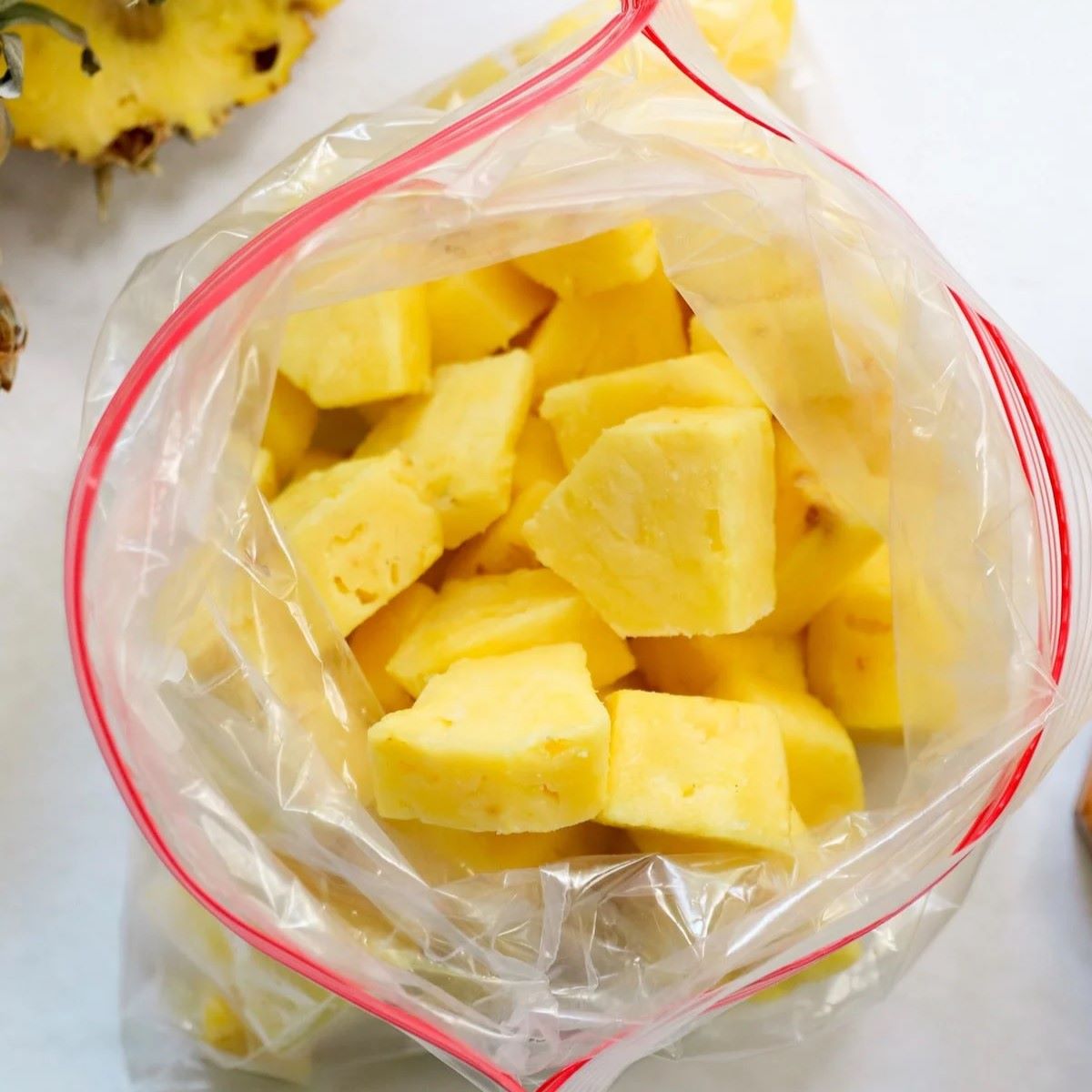
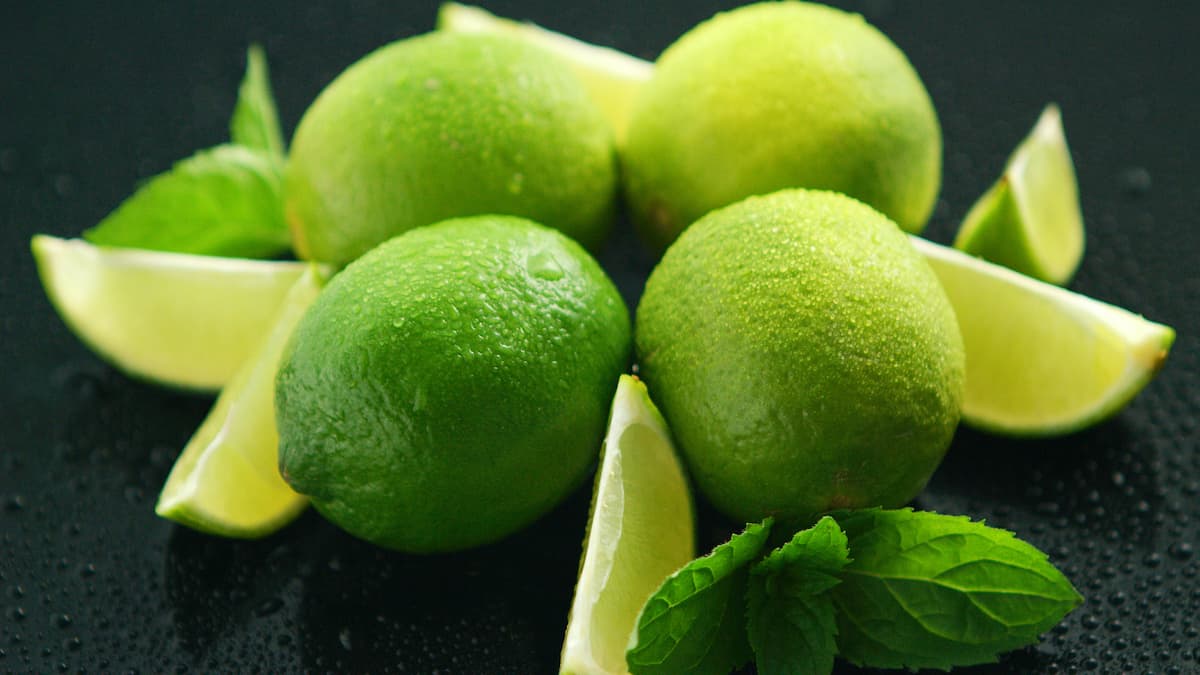
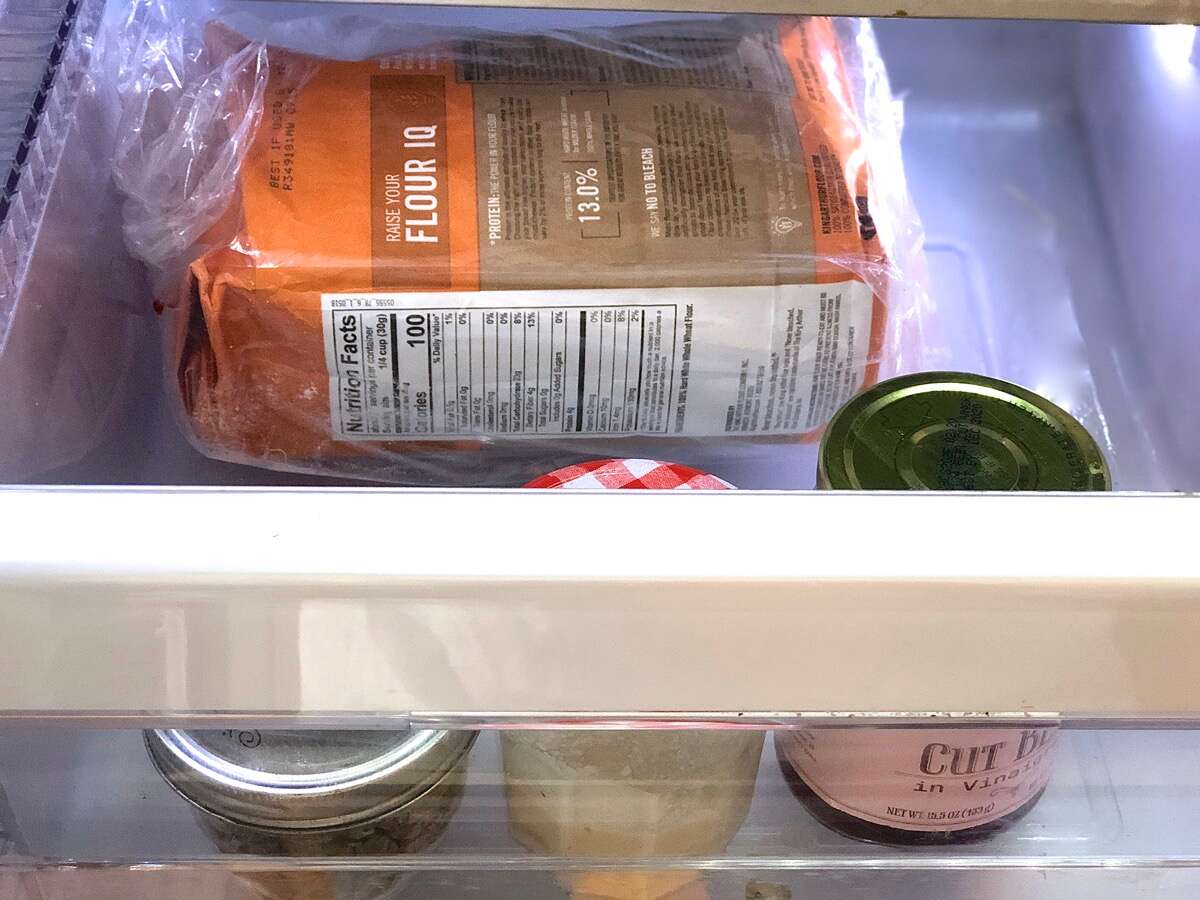
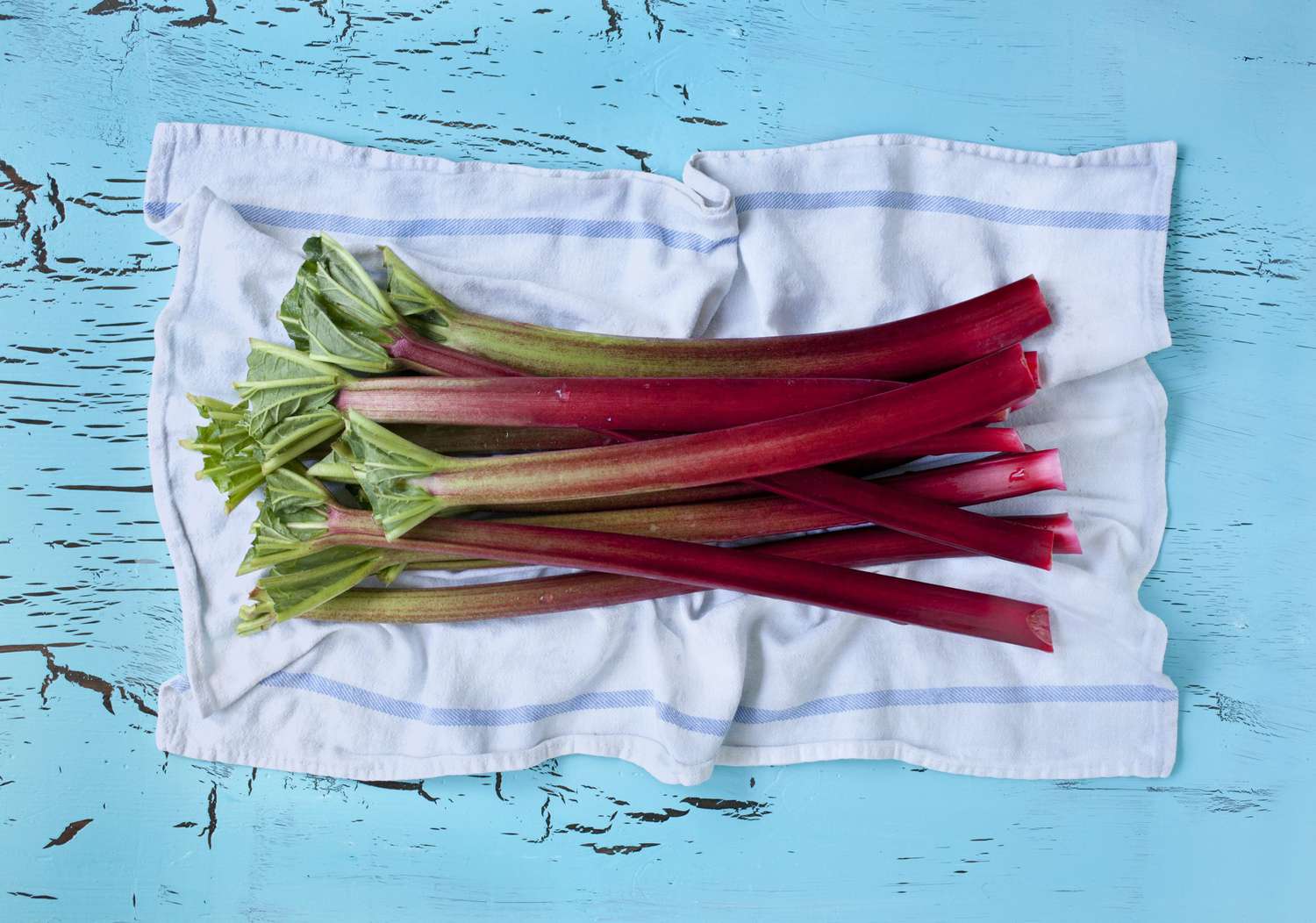
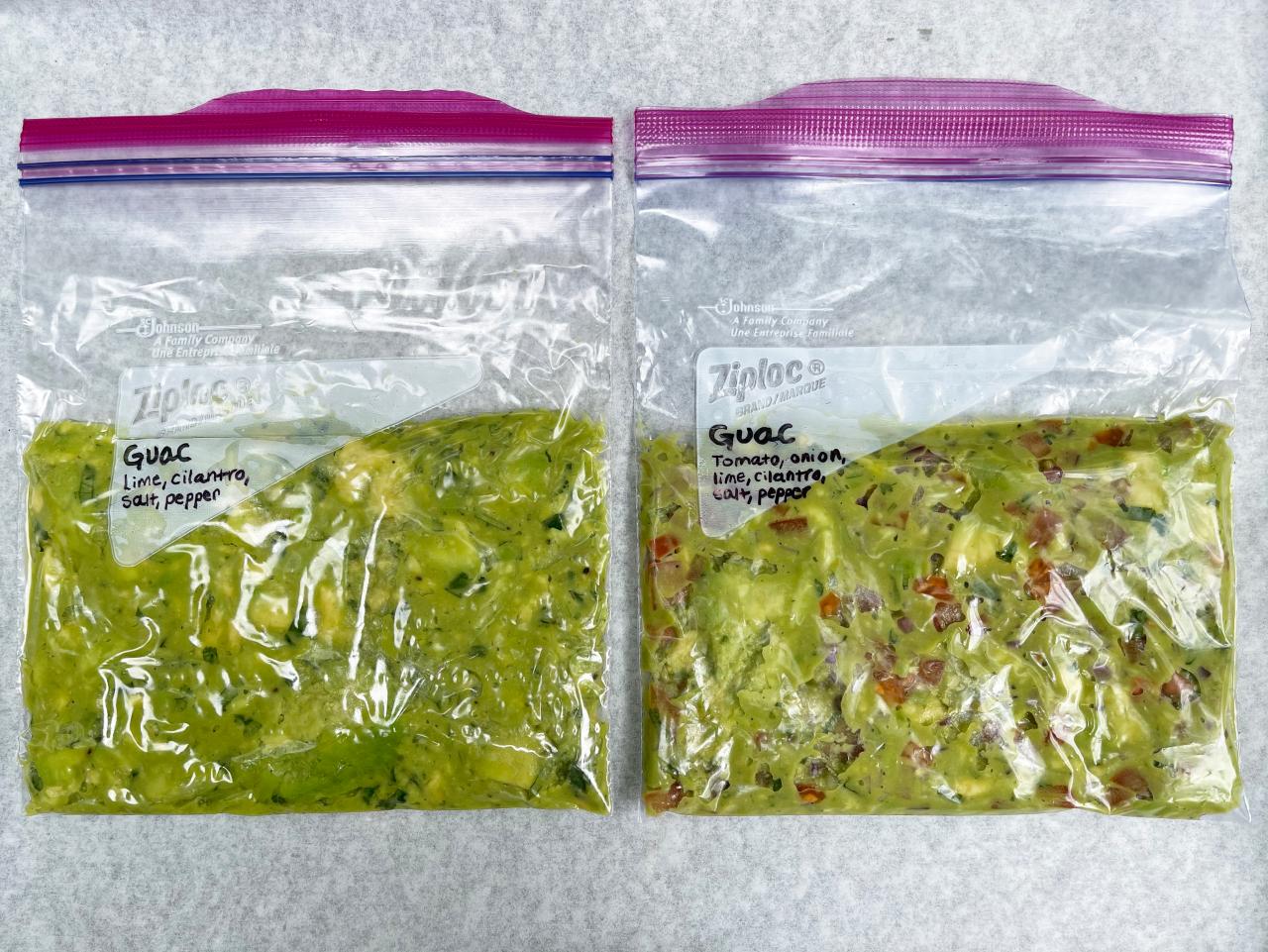
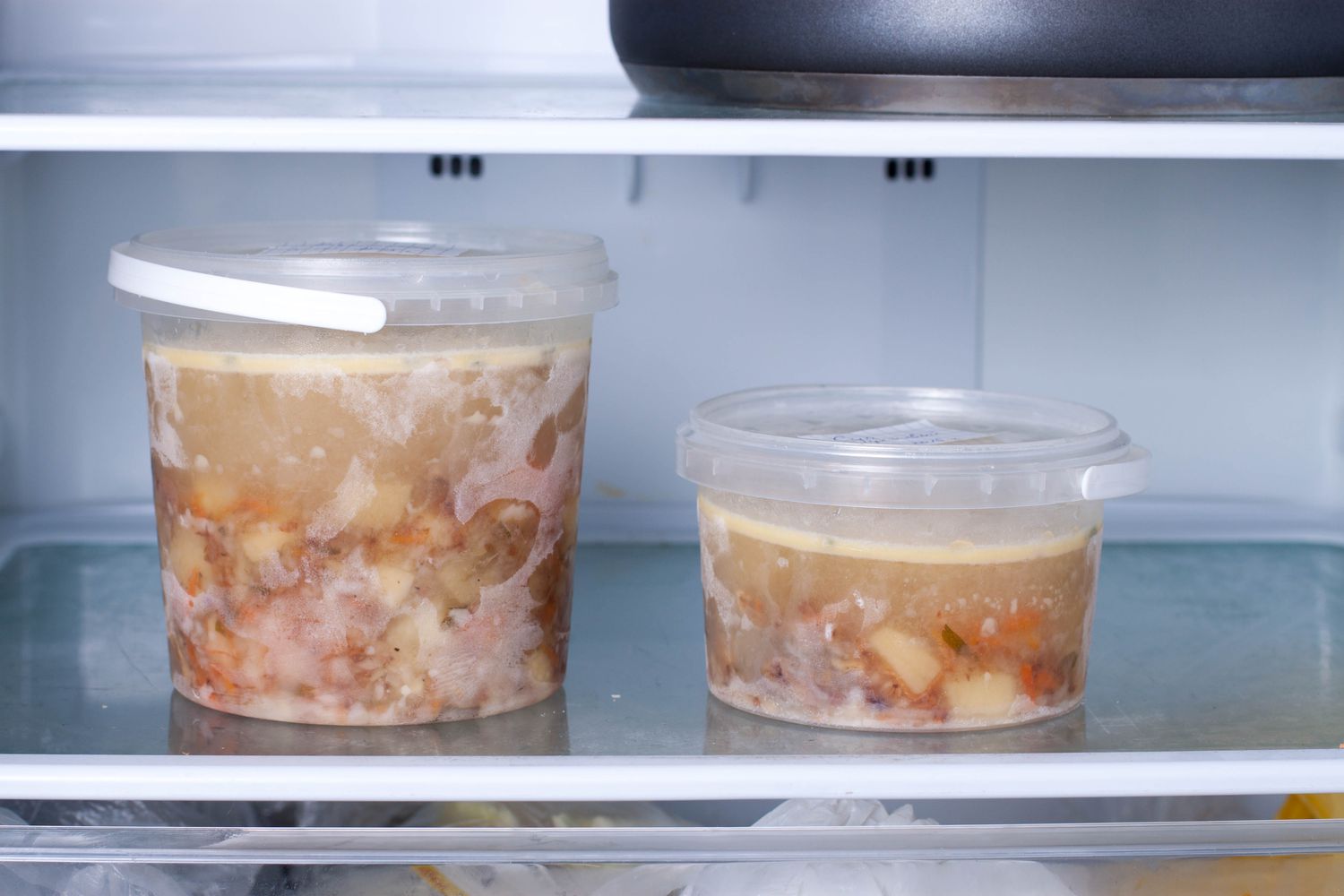
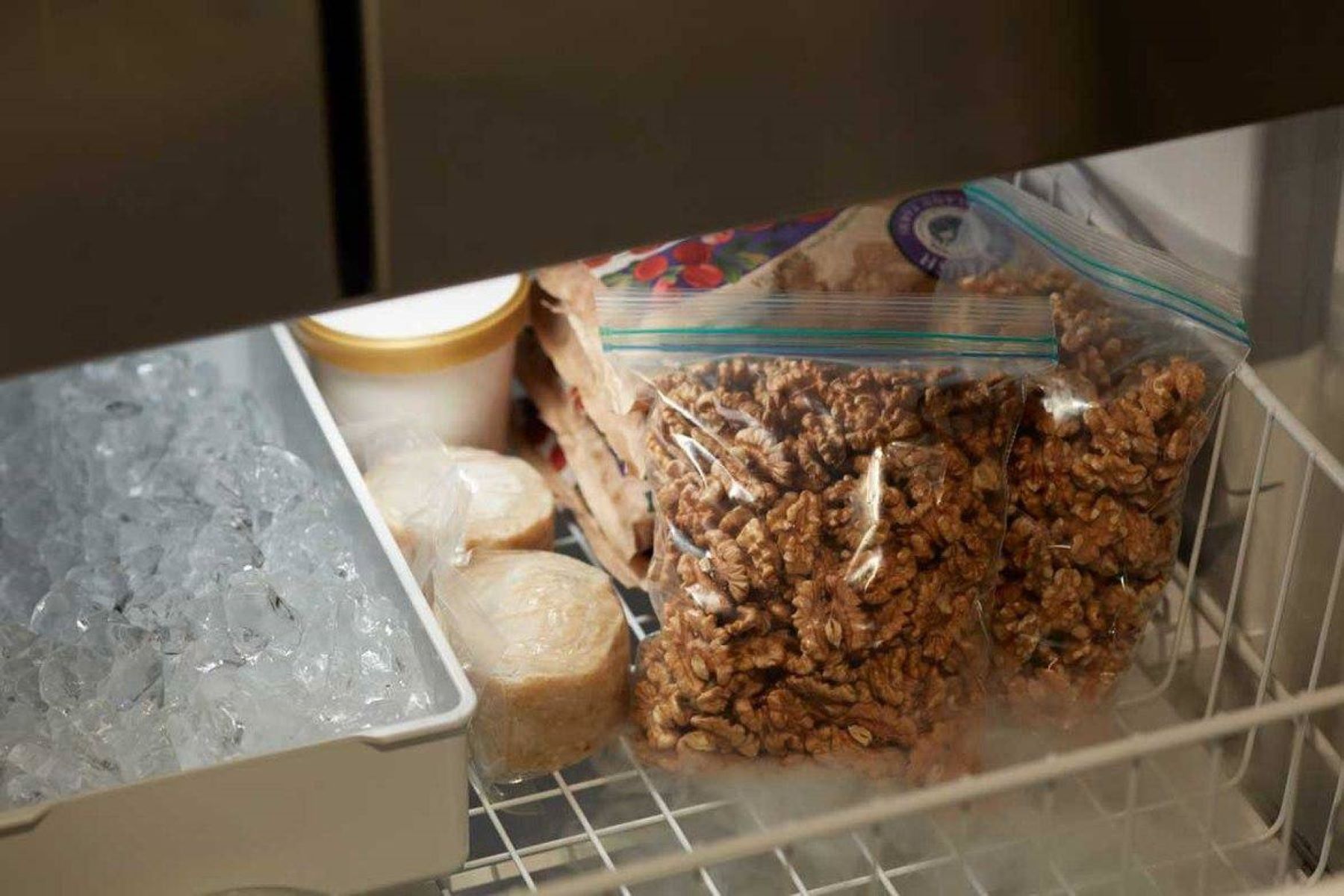
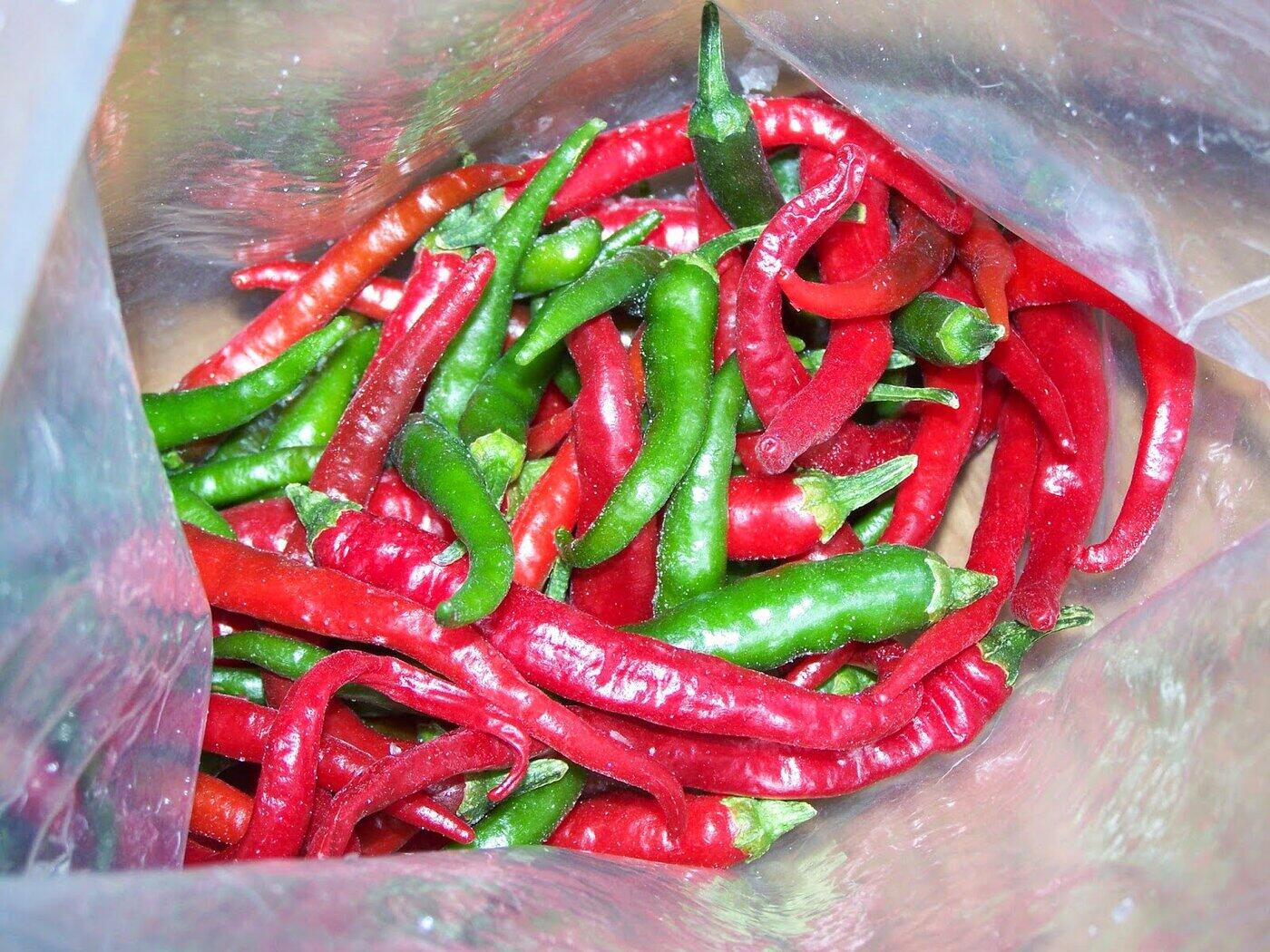
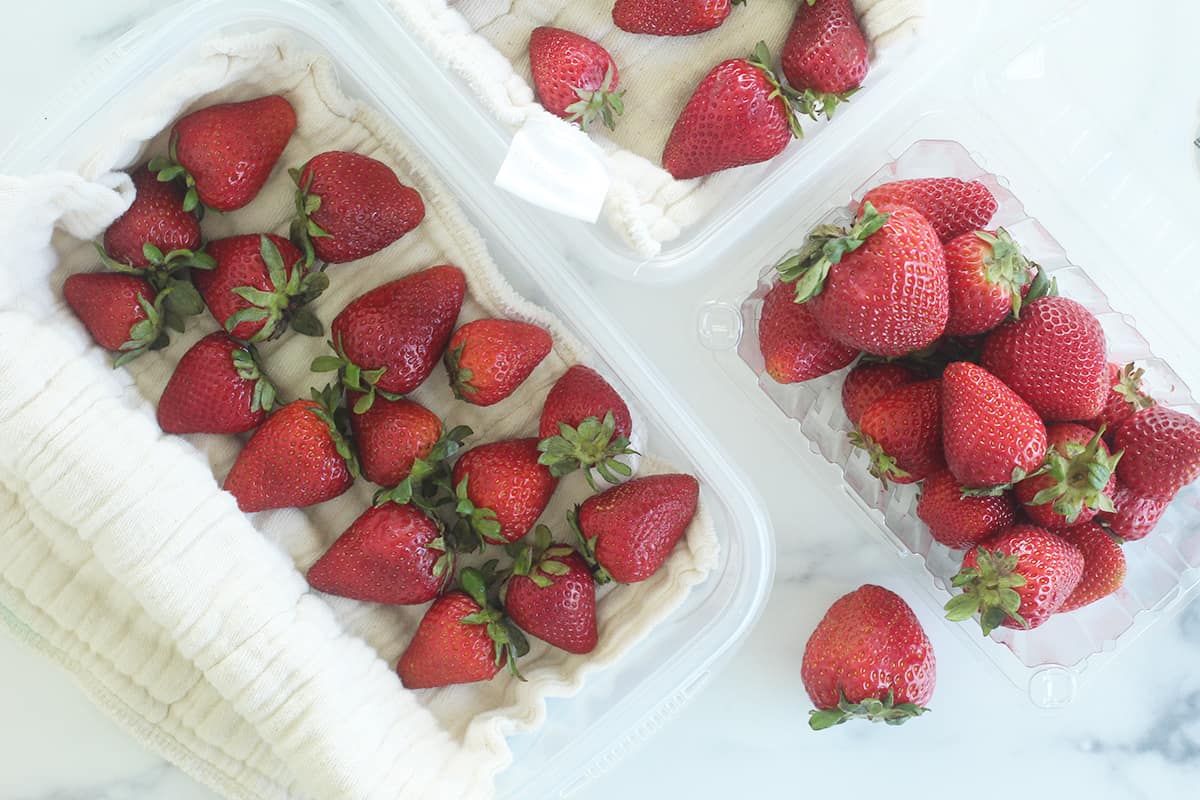
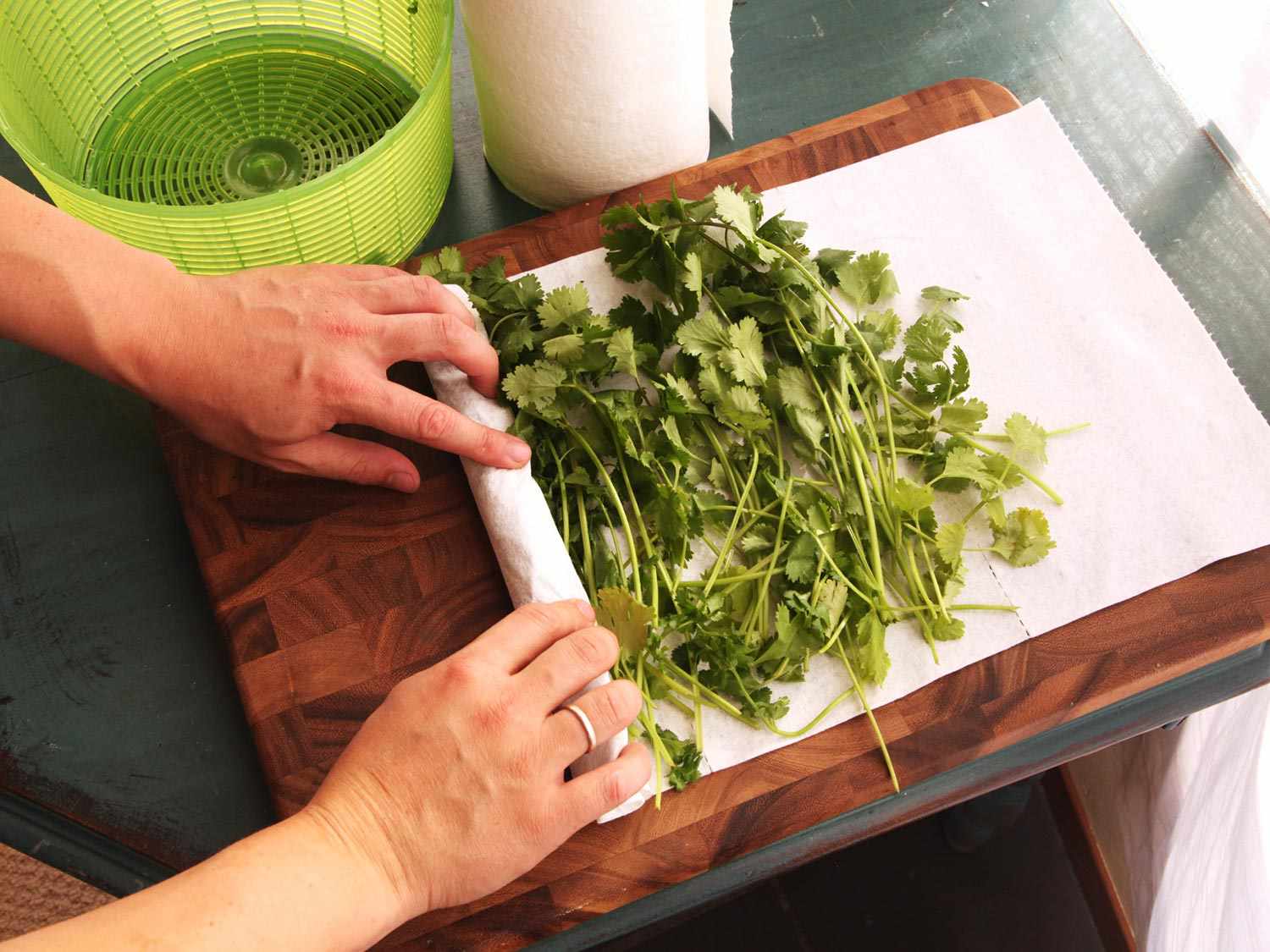
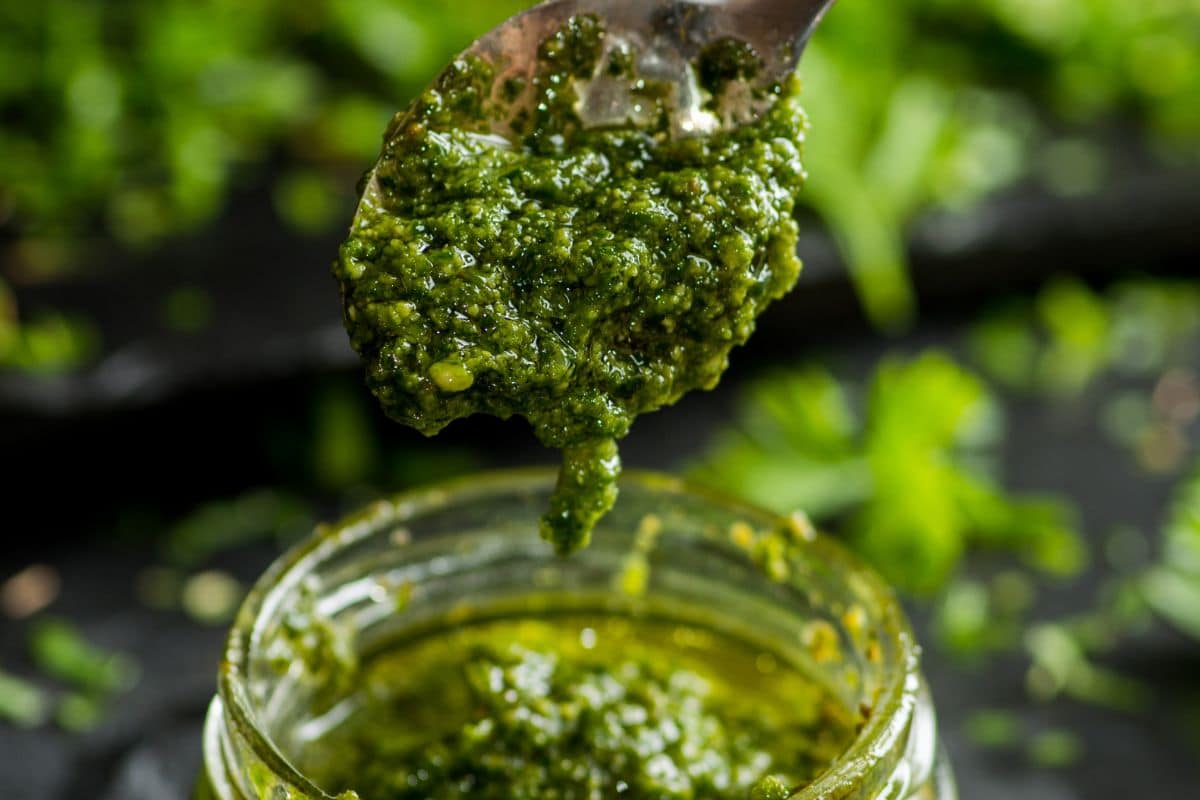
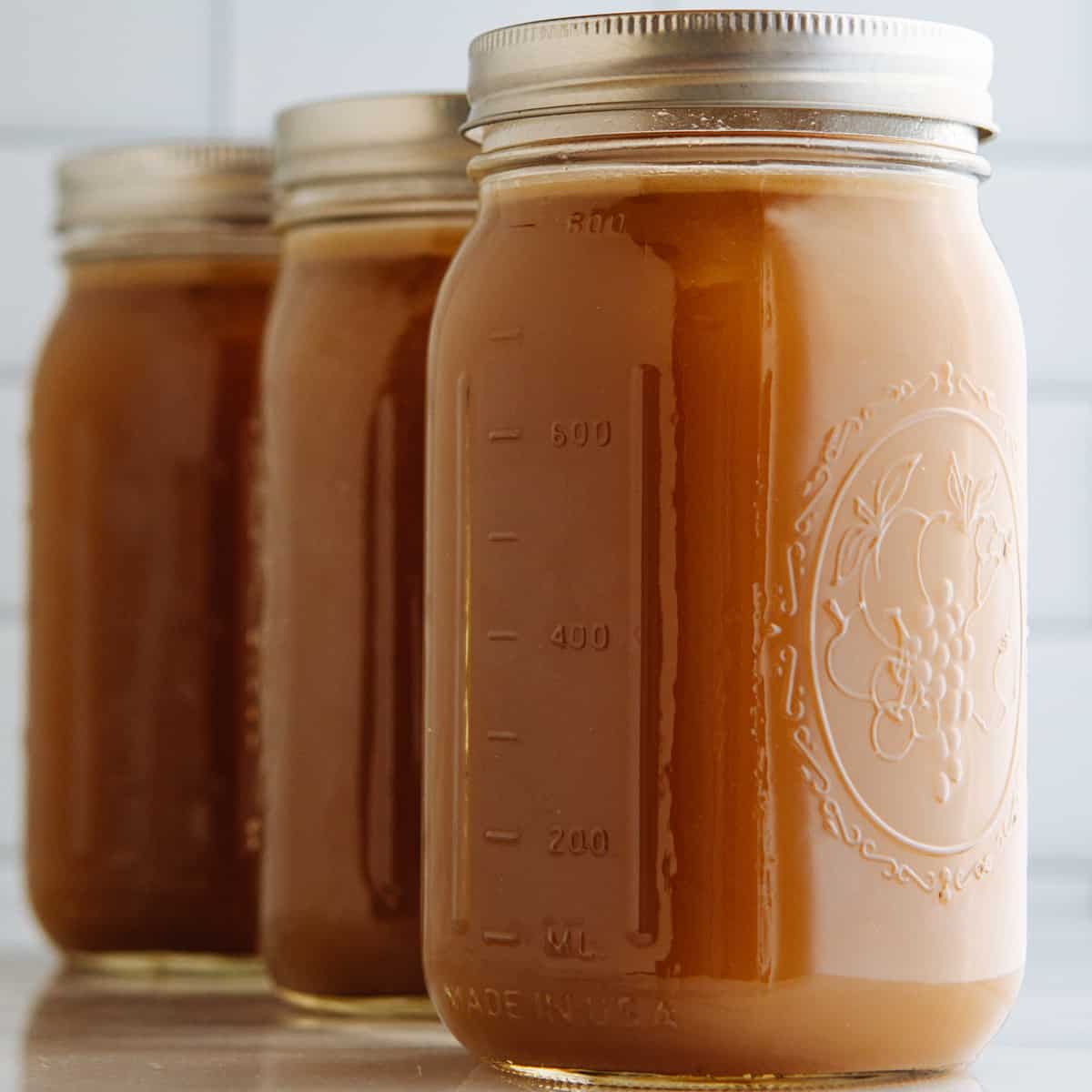
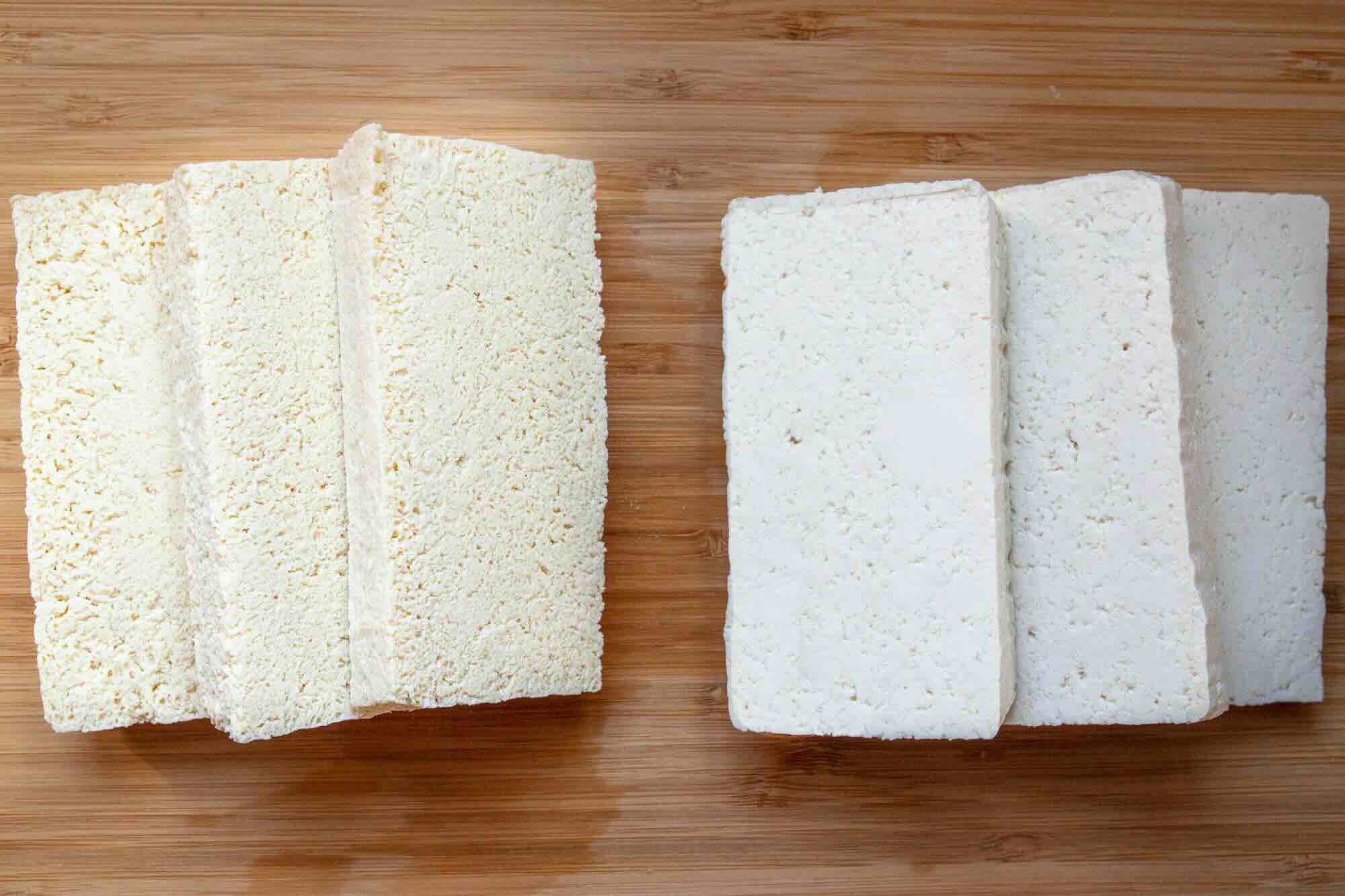


0 thoughts on “How To Store Food In A Freezer”